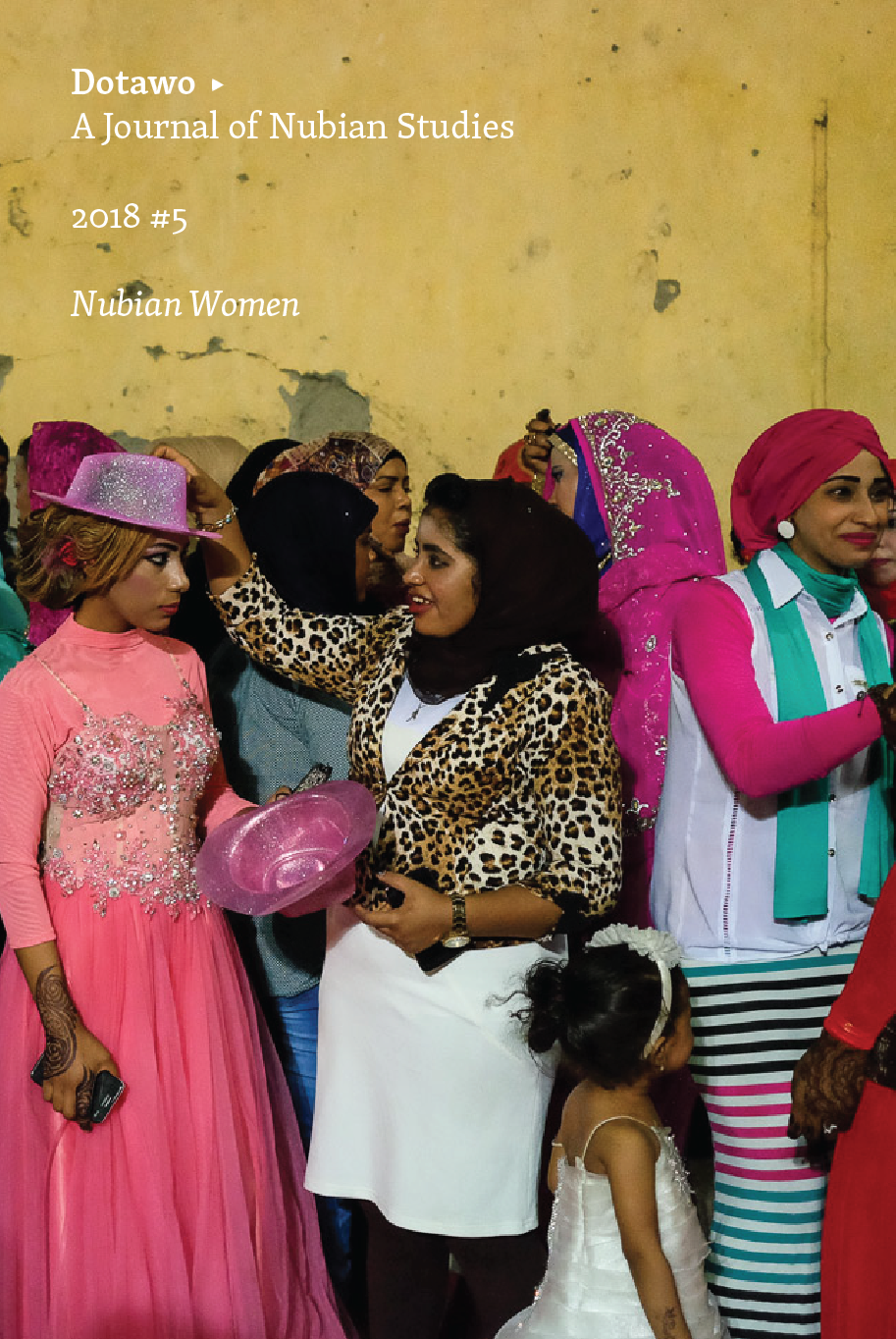Dotawo: A Journal of Nubian Studies
An open-access journal of Nubian studies, providing a cross-disciplinary platform for historians, linguists, anthropologists, archaeologists, and other scholars interested in all periods and aspects of Nubian civilization.
Nubian studies needs a platform in which the old meets the new, in which archaeological, papyrological, and philological research into Meroitic, Old Nubian, Coptic, Greek, and Arabic sources confront current investigations in modern anthropology and ethnography, Nilo-Saharan linguistics, and critical and theoretical approaches present in postcolonial and African studies.
The journal Dotawo: A Journal of Nubian Studies brings these disparate fields together within the same fold, opening a cross-cultural and diachronic field where divergent approaches meet on common soil. Dotawo gives a common home to the past, present, and future of one of the richest areas of research in African studies. It offers a crossroads where papyrus can meet internet, scribes meet critical thinkers, and the promises of growing nations meet the accomplishments of old kingdoms.
We embrace a powerful alternative to the dominant paradigms of academic publishing. We believe in free access to information. Accordingly, we are proud to collaborate with DigitalCommons@Fairfield, an institutional repository of Fairfield University in Connecticut, USA, and with open-access publishing house punctum books. Thanks to these collaborations, every volume of Dotawo will be available both as a free online pdf and in online bookstores.
Current Volume: Volume 5 (2018) Nubian Women
From the EditorIt is with great pleasure that we present the fifth volume of Dotawo: A Journal of Nubian Studies. It focuses upon Nubian women, both ancient and contemporary. Nubian women, whether they were queens or commoners, Christians or Muslims, have always been held in high esteem by their communities. The contributors to this volume present articles which range from literature and wall paintings to the challenges of resettlement, from cultural tourism to traditional methods of sharing. They all focus on the ways in which Nubian women have survived and thrived throughout the centuries.
Three writers – Armgard Goo-Grauer, Doris Pemler, and Solange Ashby – very ably discuss the iconography of wall paintings, modern and ancient. Goo-Grauer examines Nubian women’s house decorations before they were inundated in 1963, and Pemler researches ancient Egyptian iconography featuring Nubian women on grave stelae, shrines, and tomb paintings. Ashby concentrates on a specific dance, originating in Nubia and performed by priestesses there, which was later incorporated into Middle Kingdom Egyptian rites for the goddess Hathor.
Vincent van Gerven Oei and Alexandros Tsakos present a recently translated letter from a Nubian princess, inviting conjecture concerning the status of certain women in Christian Nubia.
Two contributors – Hanna Paesler and Petra Weschenfelder – explore the impact which the resettlement schemes have had on Nubian women. Paesler examines the effects of relocation on the health of the women in New Nubia, and while acknowledging the benefits of resettlement, she also emphasizes the serious consequences of governmental resistance to input from the villagers themselves. When Weschenfelder analyzed the results of her research among the village women living near the 5th Cataract, she found it a challenge to generalize about their hopes, fears, and perspectives concerning the relocation that was in their future.
Both Naglaa Mahmoud and Ghada Abdel Hafeez dissect male attitudes towards women through the analysis of modern Nubian literature. Marcus Jaeger takes us through the life of a typical Nubian woman as reflected in proverbs, comparing wise sayings about women from the Kenuz and Dongolawi to those from the Arabs of Western Sudan, in order to illuminate differences in male conceptions about female roles.
Zeina Elcheikh compares tourism activities in two Nubian villages both before and after the political turbulence of 2011–2013. Maher Habbob discusses the benefits of the traditional rotating credit association as he experienced it in the village where he grew up. Anne Jennings contributes her photos of village women who still participate in these activities, and who continue to thrive in spite of challenging conditions.
We wish to thank all of the contributors to this volume, as well as the editorial board of Dotawo. Our thanks go especially to Giovanni Ruffini and Vincent van Gerven Oei.
Anne M. Jennings
Articles
House Decoration in Egyptian Nubia Prior to 1964
Armgard Goo-Grauer
An Old Nubian Letter from the Daughter of an Eparch
Vincent van Gerven Oei and Alexandros Tsakos
The Effects of Relocation on Nubian Women's Health
Hanna Paesler
A Collective Gender Perception? Female Perspectives towards Resettlement in the Dar al-Manasir
Petra Weschenfelder
Islam, Migration, and Nubian Women in Egypt: Muhammad Khalil Qasim's al-Shamandurah and al-Khalal Aycha
Naglaa Mahmoud
The Nile Bride Myth "Revisioned" in Nubian Literature
Ghada Abdel Hafeez


